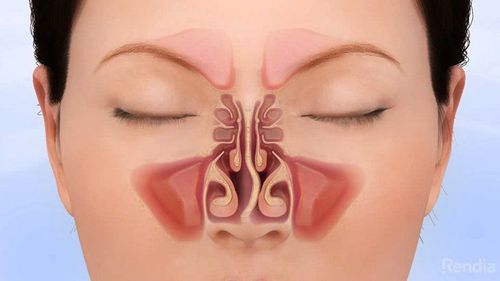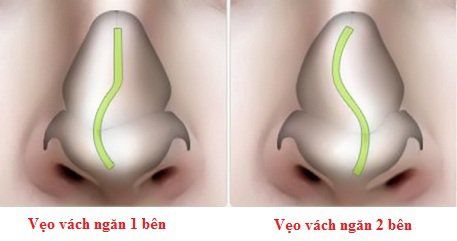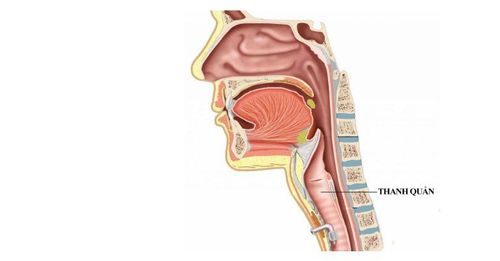This is an automatically translated article.
The article was professionally consulted by Specialist Doctor of Otolaryngology - Department of Medical Examination and Internal Medicine - Vinmec Hai Phong International Hospital.
Whether the deviated nasal septum needs surgery depends on the severity of the disease in each case. Nasal septum surgery is indicated when it is necessary to correct, cut, trim part or all of the nasal septum.
1. A deviated nasal septum is a common disease
The septum is an organ that lies between and divides the nasal cavity, is composed of cartilage and bone, about 8 cm long, going from the nasal vestibule to the nasopharynx. In fact, the case of deviated nasal septum (or deviated nasal septum) is very common and most of the causes are congenital, which can be operated or not surgically deviated. However, initially, deviated septum has no obvious symptoms. As the body grows, the bones grow along, then the manifestations of deviated nasal septum become more and more obvious.
Many cases of patients being diagnosed by a doctor with a deviated septum are skeptical, because the patient has never fallen or bumped before, which can lead to septal deformity. In addition to cases of congenital disease, there are also a few cases of deviated nasal septum due to trauma and accidents in the nose (due to falls, strong collisions, being beaten,...).
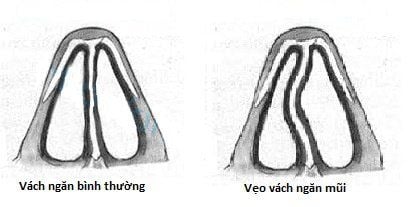
2. Is deviated nasal septum dangerous?
Usually, most cases of deviated nasal septum have no complications and therefore may not require surgery. The situation is diagnosed after a respiratory illness related to the nose and throat, for example a long, persistent flu episode, the patient visits a specialist or undergoes a general health check-up. shouted.
If you have a deviated septum on one side of your nose (C-shaped deformity), the patient usually has nasal congestion on the side of the deviated septum. Nasal congestion often occurs, but most of the time, the patient gets used to this feeling, so he doesn't pay attention to the symptoms. If you cover one side of your nose with your finger, you can clearly see that the nose is not open on the crooked nasal septum. If the nasal septum is crooked on both sides (S-shaped deformity), the patient will have nasal congestion on both sides. Manifestations of the disease are often not obvious in the normal and non-infectious nasal stage.
A common symptom in people with a deviated septum that causes patients to see a doctor is a headache. Patients often have pain in one half of the head, which can be on the right or left side, depending on which side the nose is crooked, or there may be pain in the eye socket on the same side with the deviated septum, there are also cases where the pain is on both sides and then spreads. posterior occipital region. Symptoms of headache, although not very intense, occur frequently, dull and persistent, making the patient feel uncomfortable throughout the day. Sometimes the disease will go away at night, but after a few days it will happen again. In particular, headaches increase when the sun is hot or when it gets cold, worse for women during menstruation. Frequent headaches lead to distraction, difficulty working and making the patient feel frustrated and irritable.
If the nasal congestion is prolonged due to the deviated nasal septum, the risk of leading to rhinitis, sinusitis. On the other hand, long-term nasal congestion also affects cardiovascular disease (because the airways are not clear, leading to limited breathing and oxygen absorption), affecting memory as well as work productivity. In addition, a deviated septum for a long time left untreated can also create an irritation point inside the nasal cavity, increasing the condition of allergic rhinitis and worsening asthma if present, in addition. It also reduces olfactory function.
3. Does a deviated nasal septum need surgery?
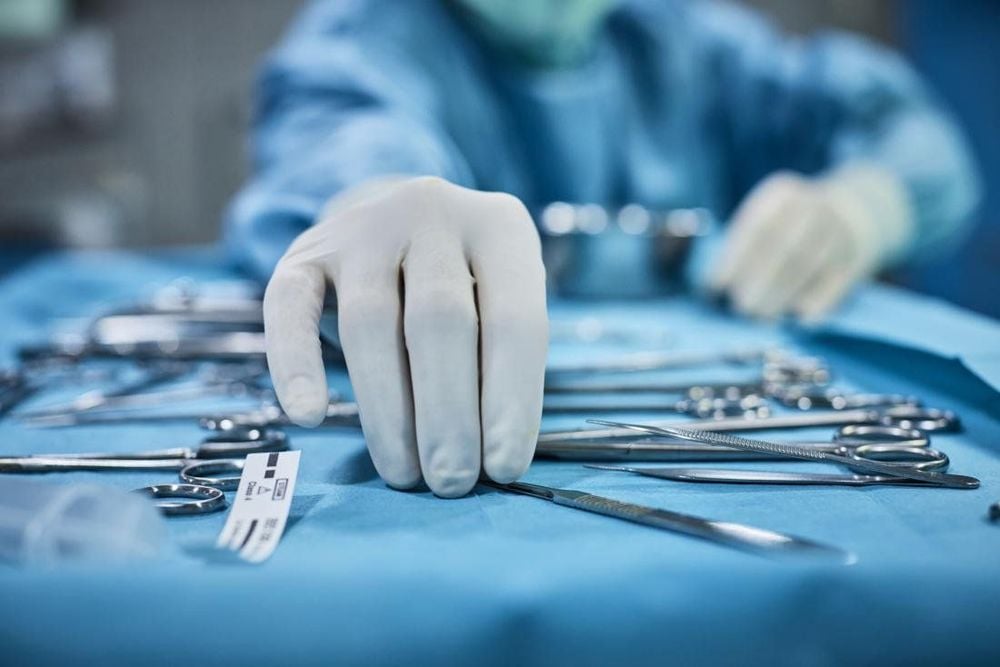
The boundary between surgical and nonsurgical deviated septum is in the degree of disease. In fact, whether a deviated nasal septum requires surgery depends on each specific case. Accordingly, the direction of treatment will be different for each patient, not every deviated septum that requires surgery.
If there is only mild deformity, the symptoms are insignificant, then the doctor only needs to correct and straighten the septum slightly, it is not necessary to surgically deviate the nasal septum. In case of severe curvature, causing many serious and prolonged symptoms, it is necessary to do surgery (according to classical or endoscopic methods) to correct the septum. When orthopedic septum, the doctor will cut, trim part or all of the septum.
4. Endoscopic rhinoplasty surgery at Vinmec
Endoscopic rhinoplasty surgery to correct the nasal septum to correct a straight septum, helping to improve air circulation for the respiratory system. The ultimate goal of this treatment is to bring the septum back to the right position at the midline of the two sides of the nose, helping to equalize ventilation on both sides of the nose, reducing the risk of rhinitis and sinusitis. Currently, endoscopic nasal septal surgery has been performed routinely at Vinmec International General Hospital in the world's most modern IGS730 Hybrid Operating Room with outstanding advantages: uncomfortable symptoms caused by deviated and crooked nasal septum, preventing dangerous complications; The surgery is performed completely in the nose, causing less trauma, less bleeding, no swelling, the patient recovers after only 2-3 days; Advanced endoscopic techniques help the treating doctor to have multi-dimensional observation, review every corner of the surgical field.. Effective, economical, save time, minimize the risk of complications. postoperative symptoms.
Please dial HOTLINE for more information or register for an appointment HERE. Download MyVinmec app to make appointments faster and to manage your bookings easily.






